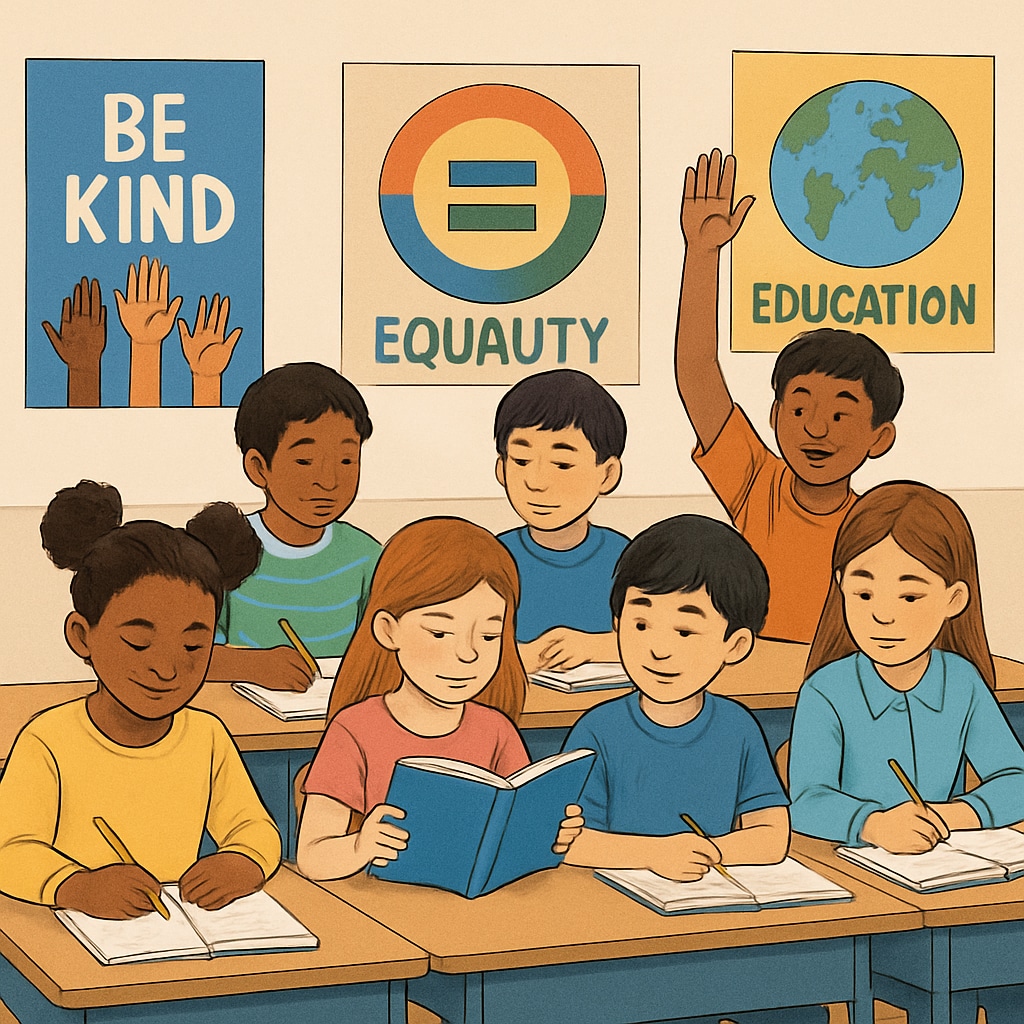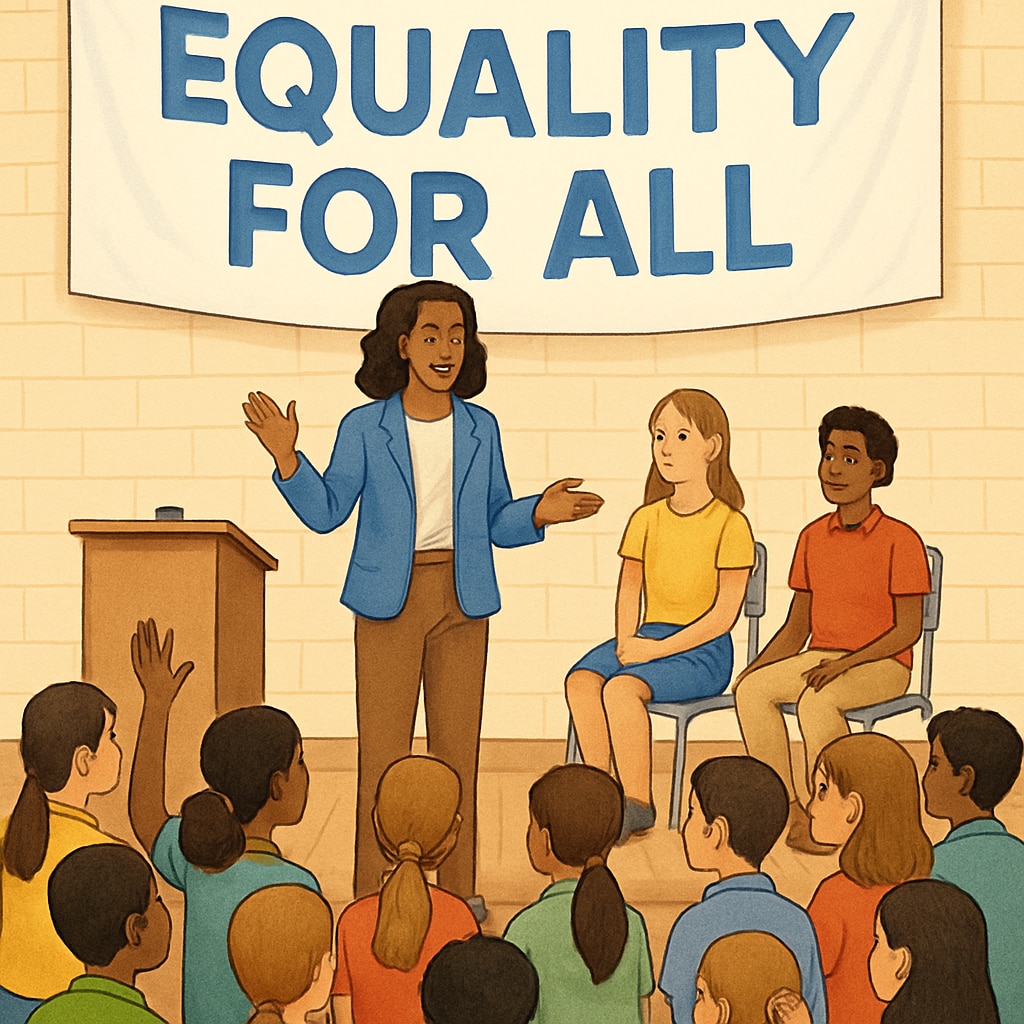“Wokeness in schools” has become a widely discussed topic, sparking debates about its presence in K12 education and its impact on students. From curriculum design to school policies, political ideologies are increasingly interwoven with educational practices. But what do students themselves think about this phenomenon? This article examines their perspectives, uncovering how “wokeness” shapes school culture and the complex ways young people respond to it.
What Is “Wokeness” in the Context of Education?
Before diving into students’ views, it’s essential to define “wokeness” as it relates to schools. The term broadly refers to heightened awareness of social justice issues, including race, gender, equity, and inclusion. In education, “wokeness” often manifests in revised curricula, diversity initiatives, and an emphasis on creating inclusive environments. For many, it represents progress and a commitment to equity. However, it also raises questions about political bias and how far schools should go in adopting these practices.

How Do Students Perceive “Wokeness” in Their Schools?
Students are not passive observers of their educational experiences; they actively engage with the cultural and political dimensions of their schools. Interviews and surveys with K12 students reveal a spectrum of viewpoints:
- Supportive Students: Many students appreciate the efforts to create inclusive environments, particularly those from historically marginalized groups. They see “wokeness” as a way to address systemic inequities and foster empathy among peers.
- Cautious Observers: Some students express mixed feelings. While they value inclusivity, they worry that certain topics are being politicized, leading to polarizing discussions.
- Critical Voices: A smaller group of students feels that “wokeness” has gone too far, stifling open dialogue and promoting a one-sided view of complex issues.
These diverse perspectives highlight that “wokeness” is not a monolithic concept in the eyes of students. It is interpreted and experienced differently based on individual backgrounds, values, and experiences.
The Impact of “Wokeness” on School Culture
The influence of “wokeness” extends beyond classroom discussions. It often shapes broader school culture, from the books in libraries to the themes of school events. Here are some notable impacts:
- Curriculum Changes: Schools are increasingly incorporating materials that address social justice topics. For example, history lessons may now include perspectives from underrepresented groups.
- Inclusion Policies: Many schools have adopted policies to accommodate different gender identities, such as providing gender-neutral bathrooms or revising dress codes.
- Student Activism: Encouraged by these changes, students are becoming more engaged in activism, organizing events and campaigns to promote causes they care about.
However, these changes are not without challenges. Some students and parents argue that schools risk alienating those who hold differing opinions, creating an environment where certain perspectives are unwelcome.

Balancing Education and Ideology
One of the most significant debates surrounding “wokeness” in schools is the balance between education and ideology. Critics argue that schools should focus on teaching critical thinking rather than promoting specific political stances. Supporters, on the other hand, contend that education is inherently political and that addressing social justice issues is essential for preparing students to be informed citizens.
Students themselves often navigate this tension with pragmatism. While they appreciate efforts to make education more relevant to the modern world, they also value the importance of open dialogue and diverse perspectives. For many, the ideal school environment is one where all voices are heard, and critical thinking is encouraged.
Conclusion: The Future of “Wokeness” in Schools
The presence of “wokeness” in K12 education is unlikely to diminish anytime soon. As society continues to grapple with issues of equity and justice, schools will remain at the forefront of these discussions. Understanding students’ perspectives is crucial for creating educational environments that are both inclusive and balanced. By listening to young people, educators and policymakers can ensure that schools remain spaces for growth, learning, and open dialogue.
In the end, the goal should not be to eliminate “wokeness” but to engage with it thoughtfully, ensuring it serves the educational needs of all students while fostering a culture of respect and understanding.
Readability guidance: This article uses short paragraphs and lists to enhance readability. Active voice is prioritized, and transitions like “however,” “in addition,” and “for example” ensure smooth flow. Images are described to align with the text for better engagement.


